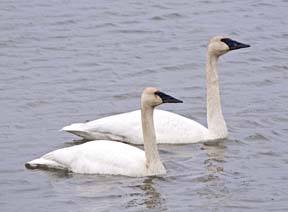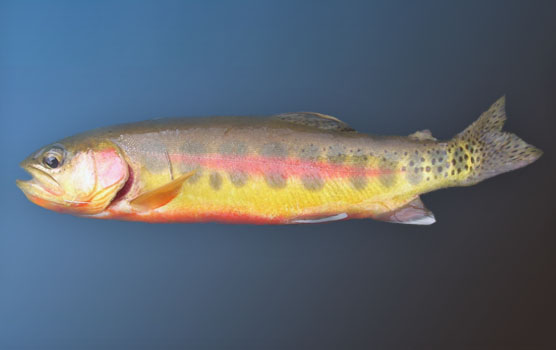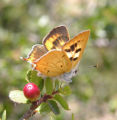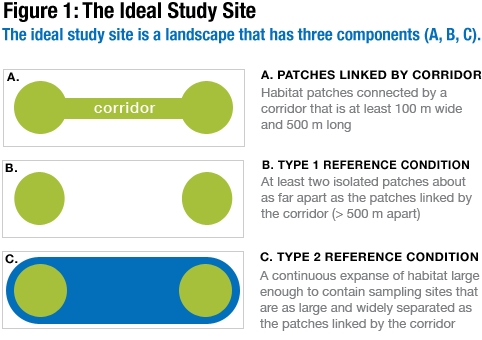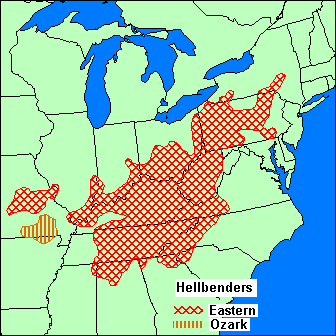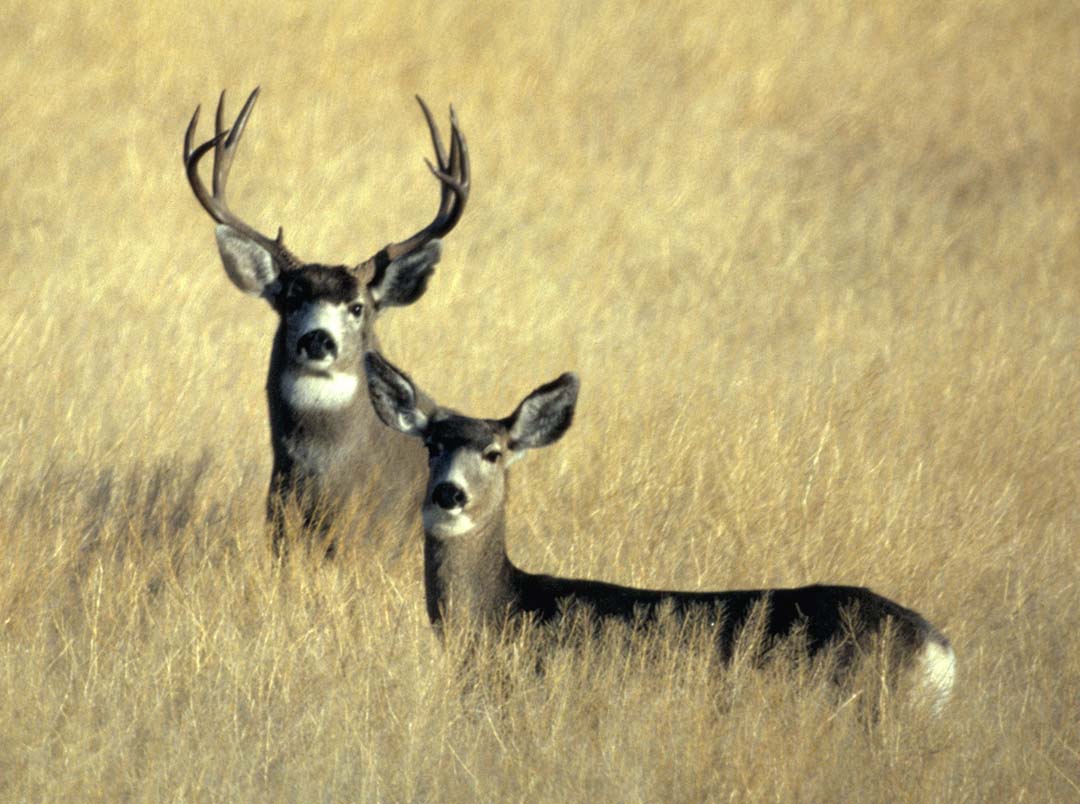On September 20 North Carolina Wildlife Resources Commission officials killed seven fallow deer and two white-tailed deer being held in an unlicensed deer rehabilitation facility in Randolph County. (More here.) In August they killed two fawns being held without a permit or rehabilitator’s license in Surry County.
(Story on the fawns, here.)
The locals are pretty steamed. There’s a petition posted in the local grocery store. (Read about it here.) And one on-line.
The controversy was fed by conflicting reports of the exact method used to kill the deer: shotgun, rifle or bolt. Also, two “uniformed officials” demanded that the grocery store petitions be taken down. (Story here.) Although, that could have been anyone, including some Frito delivery guys.
The flames have been fanned by the local Fox News outfit, which has done several stories on the situation, including one, just to make it fair and balanced, with the Commission’s defense of the shootings.
Rounding out the coverage was a story on the lawsuit filed against the state by the couple who were illegally holding the deer.
A copy of what is supposed to be an NC Wildlife Resources Commission press release has been posted by the Fox station, but is not available through the Commission’s Web site. Read it here. A different statement from the Commission appeared on the Ammoland blog, which frequently posts press releases from state wildlife agencies. Read that one here.
Enforcing captive wildlife laws has always been sensitive. This is all food for thought as society moves farther away from understanding animals as wildlife, and only relates to them as pets or food. (Does anyone remember Pete the Moose?)
(And in a weird co-incidence, Pete the Moose died around Oct. 14, shortly after we posted that aside. Read the story in the Burlington Free-Press.)
Photo: Lots of photos of cute fawns illustrated the Fox stories on the controversy. This cute fawn picture is not of any of the animals involved. It’s by Tom Stehn, courtesy US Fish and Wildlife Service.

